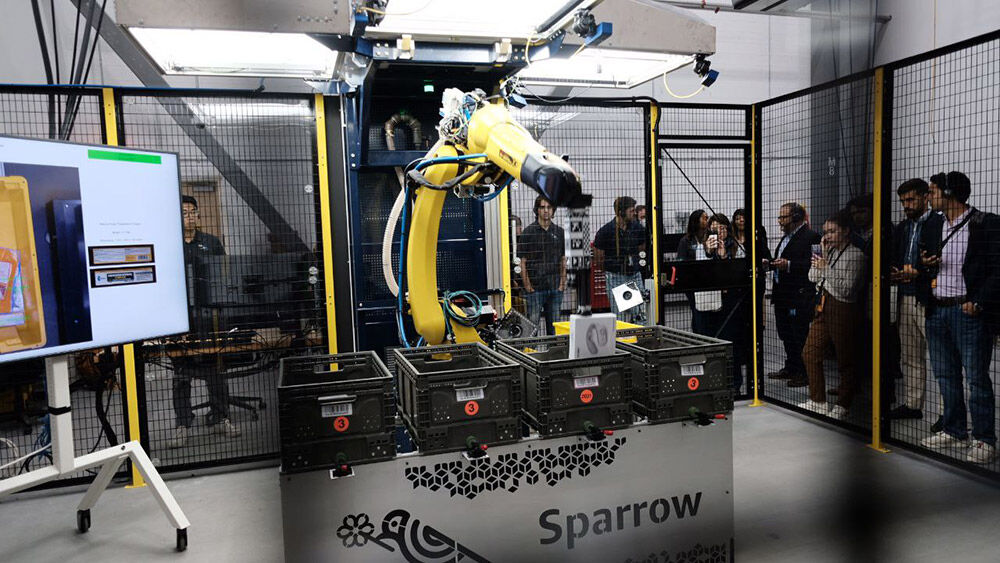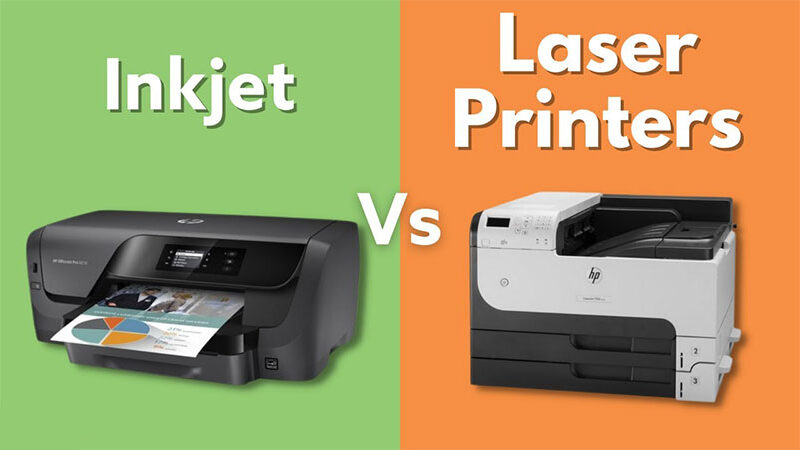Amazon is the world’s biggest eCommerce store and much of its success could be credited to the level of automation in the warehouse. Amazon has climbed the charts by automating much of the work that’s needed to be done in warehouses. While there’s still a huge human workforce, the more complex tasks are handed off to robots. A new robot called Sparrow can change the amount of work that’s done by humans and robots. Several experts have called Sparrow the “Game changer in Amazon Warehouse.”
What’s Special About Sparrow?
Sparrow is specially designed to pick out items piling up in shelves or bins. It sorts those products so they can be packed into orders for shipping to customers. That’s the biggest challenge of automating a warehouse with an army of robots. Why? Because each product is shaped differently, has different textures, and different weights. This makes it tough to pick up the objects and sort them out.
Sparrow solves this challenge by combining machine learning and cameras to identify objects in a pile and then picking them up using custom grippers made up of suction tubes.
Amazon showcased its new robot a week ago at the company’s robotics manufacturing facility.
The company has put Sparrow to test currently in its Texas facility. There, the robot is picking up products and sorts them for shipping. According to data presented by Amazon, Sparrow can handle 65% of the 100 million items of inventory. Sparrow can easily grab DVDs, socks, and stuffies, but it has some issues with loose and complex packages.
How Sparrow Can Change the Economics of eCommerce?
Having a range of robots in your warehouse workforce that can pick up a range of objects with close accuracy to humans can change the game. Some of the world’s biggest robotics companies already sell robots that pick up items in warehouses.
An AI startup, Covariant specializes in having robots learn how to handle items that they haven’t come across yet. It’s also true that handling different products with the speed and accuracy of humans is not currently possible for robots.
There are no data available currently on the speed of how many items Sparrow can pick up in an hour. Upon asking, Tye Brady, chief technologist at Amazon Robotics decided to give a figure, but he said that the robot is “learning all the time.”
As big brands like Apple, Tesla are automating much of the work in warehouses, it leads to the thoughts of robots replacing humans. But, in reality, the relationship between robots and humans has become more complex. In the case of Amazon, there has been an increase in the human workforce after major automation.
Amazon is aware of the thoughts of humans vs robots. They highlighted employees who moved up the ranks and are now sitting on high-level jobs.
Some data has also revealed that Amazon workers at automation facilities suffer more injuries compared to other facilities. The reason is simple, the flow of work is faster, so keeping up leads to injuries.
Workers Replacement in Amazon Warehouses
Brady was asked about worker replacement, to which he said, the role of robots is misunderstood. “I don’t view it as replacing people,” he said. “It’s humans and machines working together—not humans versus machines—and if I can allow people to focus on higher-level tasks, that’s the win.”
The role of robots has become more prominent in our day-to-day life in recent times. While other companies are showing off futuristic humanoid robots, they are barely useful right now. Amazon’s warehouse robots on the other hand have helped them grow as an organization. The company claims that it manufactures more industrial robots per year now, more than any other company globally.
The industrial robotics industry has seen a huge boost. In October 2022, the International Federation of Robotics claimed that companies globally installed 517,385 new robots throughout 2021. This is a record-breaking 31% increase year on year.
Most of these robots are built for just one task. Wheel around the warehouse and pick up/carry stuff. This has given birth to a new concept, “collaborative robots” that are safe to work alongside humans.
Amazon even launched a collaborative robot this year called Proteus. Proteus ferries shelves stacked with products, and it avoids human workers around the warehouse.
Amazon’s Delivery Drone
During the event, Amazon also unveiled a brand new delivery drone, called the MK30. The Drone is able to carry up to 5 pounds. Amazon has started drone delivery testing in Lockeford, California, and College Station, Texas. According to them, newer and more efficient drones will go into service in 2024.
To improve product delivery, Amazon also showcased a new electric delivery vehicle made by Rivian. The vehicle is equipped with custom safety features for collision warning and automatic braking. It runs on a system called Fleet Edge. It gathers street-view footage and GPS data to improve delivery services.



